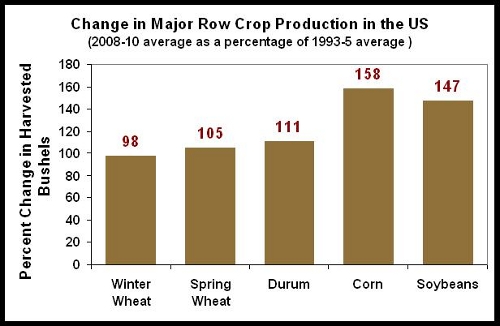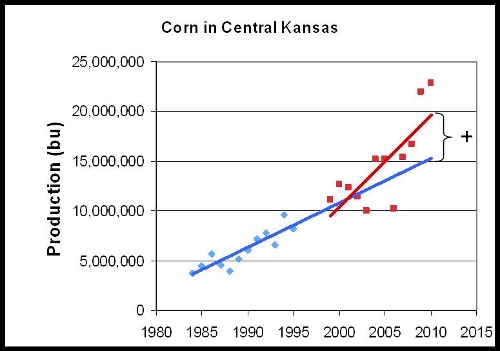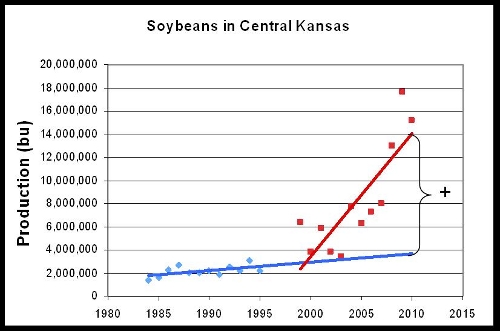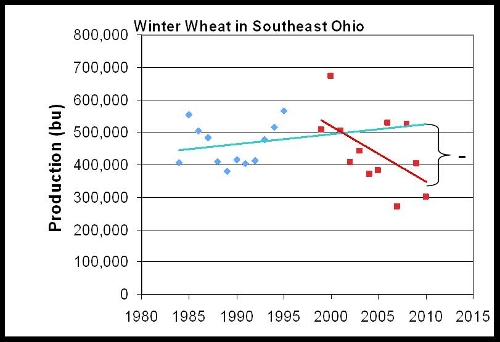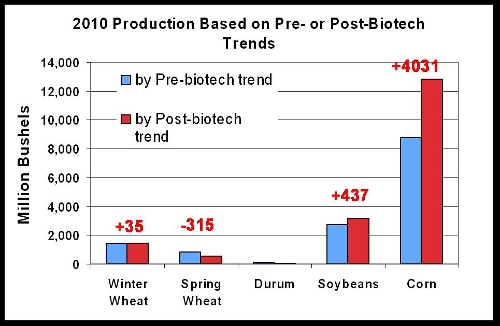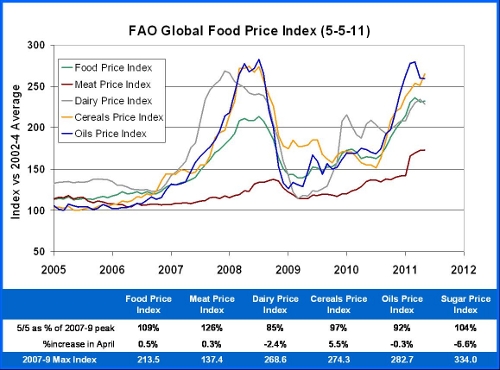 |
| The Applied Mythologist With Brussels Sprouts |
(This post is only on Applied Mythology)
I estimate that I have been gardening for fifty years, ever since I started helping my grandfather in his Denver, Colorado "Victory Garden." I've gardened in Denver; in Palo Alto, California; Davis, California; Grand Junction, Colorado; in Newark, Delaware; in San Marcos, Calfornia; and now in Encinitas, California near San Diego.
Of all those places, Encinitas has been the most challenging in terms of gardening. We have an amazingly moderate climate with temperatures rarely above or below the 60-80F range. That makes it a very pleasant place to live, but it is also a very "bug friendly" environment. There are no frosts or cold spells to break the pest cycles, so all the pests flourish all year. This includes the whiteflies, aphids, caterpillars, and flea beetles from the insect side. There are always slugs and snails. Diseases like Botrytis and Alternaria wreak havoc on my basil and tomatoes because of our foggy mornings. Powdery mildew attacks the squashes and cucumbers. Mucor attacks the blooms of the Kubosha squash. Some root rot has caused two of my strawberry plants to die this week.
 |
| Dying Strawberries |
I suppose this is good for reminding me why it is so important that the industry for which I consult is developing newer and safer pest control tools. It is just frustrating because we homeowners don't have the chance to buy the best new options. A regular dose of reality is probably good to counteract my basic optimism.
 |
| Garlic I Harvested Yesterday |
This year I greatly expanded my greenhouse and set it up to be mostly screen surface for the warmer parts of the year like August and also January when we get hot Santa Ana winds from the desert. It is mostly made from re-purposed windows, screens etc. I filled the new beds partially with 'Coir' which is finely ground coconut husk. It probably originated in Sri Lanka, went to the Netherlands and then was shipped here with Oriental lilly bulbs. The local greenhouse sells it for $5/trash barrel so its a great deal.
I know it is trendy to call what I am doing "Urban Farming," but I could not in good conscience elevate my hobby to the status of actual "farming". It does not carry the sort of financial risk that makes it so amazing that there are still people left who are willing to feed us by growing crops. If I get some tasty, fresh produce it is purely a treat for me and maybe my friends and neighbors.
I have a much more ambitious garden this year. It includes or included the following vegetables.
Squash (Zucchini, Kubosha, Butternut)
Cucumbers
Brussels Sprouts (already harvested)
Tomatoes (8 different varieties including three "heirloom types," Juliet plum tomatoes and Sweet 100 cherry types)
Tomatillos to make green sauce
Cayenne pepper to spice that sauce
Romaine lettuce, chard, carrots
Basil for pesto etc, parsley, dill, oregano, rosemary, thyme, and Thai basil
One ex-artichoke
Fingerling potatoes and volunteer Russet potatoes in the "compost" bin
Green beans and snow peas
Onions, garlic and shallots
For fruit I have 1 apricot tree that is currently providing delicious fruit in a rare year where there was enough chilling to set a crop. I have two avocado trees which are producing a total of one avocado! Two lemon trees, two mandarin trees and one Mexican lime. I have two fig trees which annually feed 4-6 fig lovers. I still have 10 living strawberry plants and have recently started two pineapples (in the greenhouse). I have one Flame Seedless table grape vine which usually does not have ripe fruit until November.
The largest, and most labor intensive part of my garden is my little, terraced vineyard of 25 Sarah wine grapes (Shiraz to my Australian readers). If I am very careful to get my net up and well anchored, I can get 20-30 gallons of decent wine a year, but the raccoons and birds have dropped that to 5 gallons for some vintages.
 |
| My Vineyard. Three Rows |
 |
| John's Coffee Trees About 4 Inches High Now |
So that is a description of one agricultural blogger's garden. I know my Grandfather would have approved. I hope to pass along a passion for gardening to my grand daughter!
 |
| Botany Lesson |
You are invited to tell me about your garden by comment here or to email me at savage.sd@gmail.com. For links to all my blogs on various sites click here.













